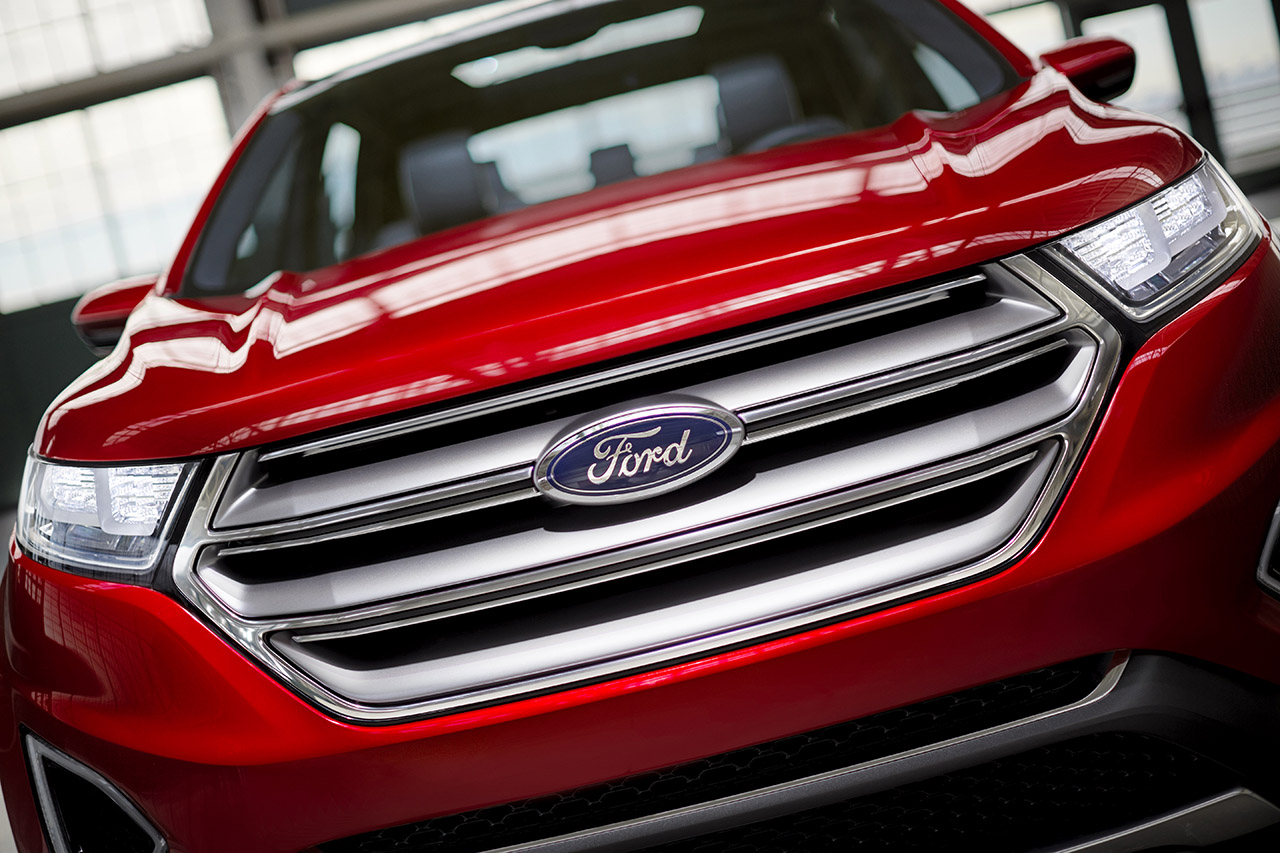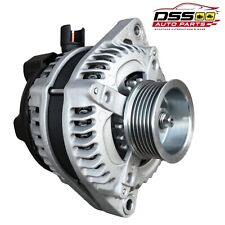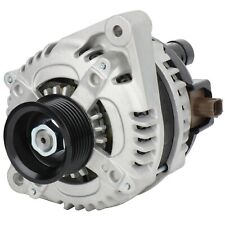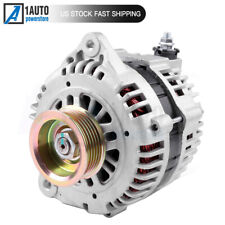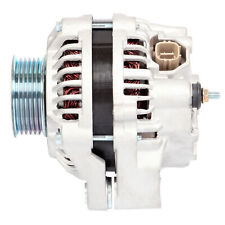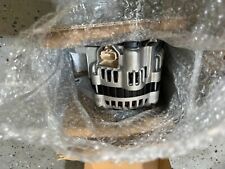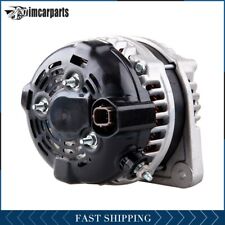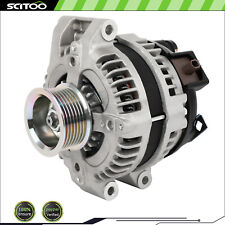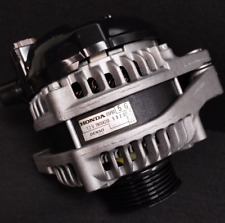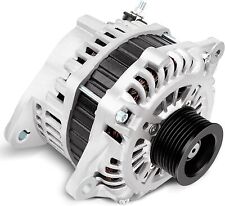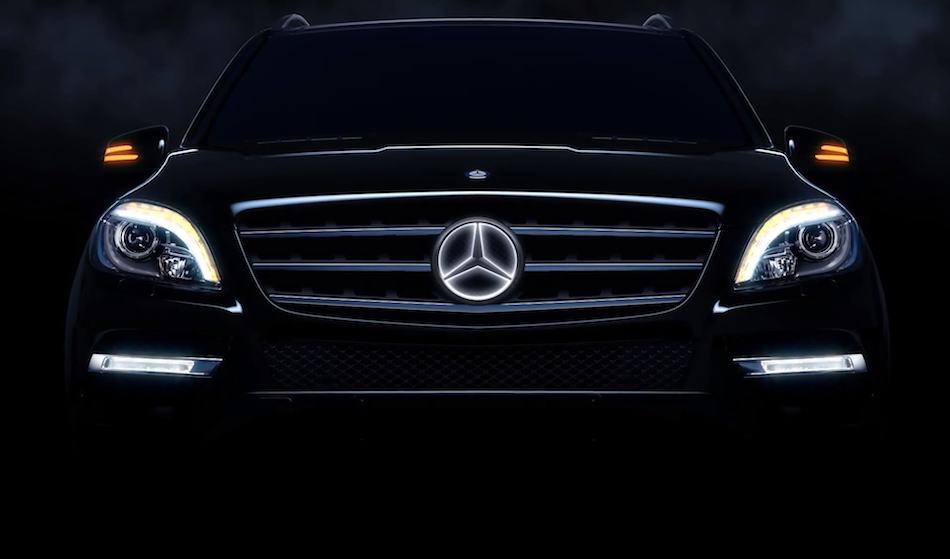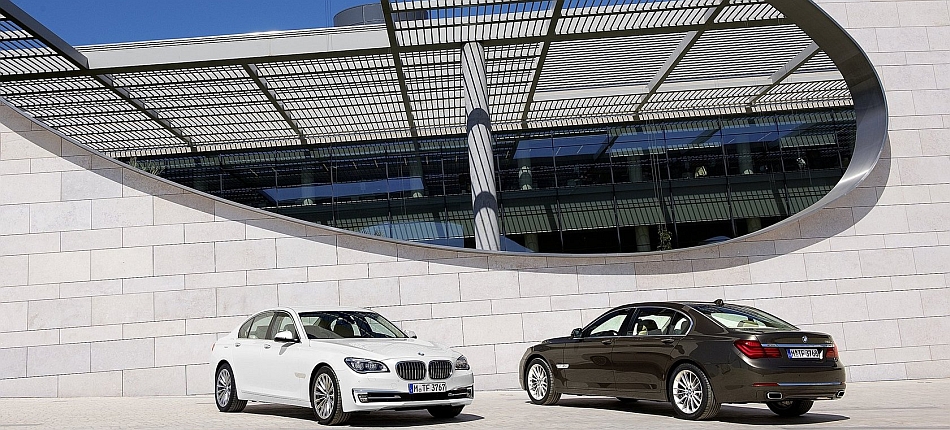Ford to standardize auto stop-start on 70 percent of their North American lineup by 2017
Ford officially announced to be standardizing auto start-start systems to much of its model range following some rumored reports that the Dearborn automaker was going to do as such. This is obviously in lieu of stringent fuel economy standards, which have automakers struggling to increase figures to meet recent CAFE regulations.
According to Ford, the auto stop-start systems will improve fuel economy by 3.5 percent, that is, if the drivers actually use the system, which can be a nuisance rather than a benefit. Up to a 10 percent increase in fuel economy is possible as well for those who spend a lot of time sitting in traffic.
No timeframe has been given regarding which models will receive the technology and when. Though the most recent model to receive auto stop-start is the 2014 Ford Fiesta with the three-cylinder EcoBoost motor. Additionally, 70 percent of Ford’s North American lineup will have the system by 2017.
Check out the press release after the jump.
70 PERCENT OF FORD LINEUP TO HAVE AUTO START-STOP BY 2017; FUEL ECONOMY PLANS ACCELERATE
Auto Start-Stop technology to be available on 70 percent of Ford’s North American vehicle lineup by 2017, reflecting progress toward the company’s plan for increasing fuel efficiency across its lineup
Ford Auto Start-Stop is an affordable technology that provides a seamless way to increase fuel efficiency as much as 10 percent in city driving
Ford fuel economy plans accelerating with rollout of 45-mpg 1.0-liter EcoBoost® Fiesta in 2014, and research into new dynamic cruise controlFord announced today that Auto Start-Stop will be available on 70 percent of its North American vehicle lineup by 2017.
A major part of the company’s Blueprint for Sustainability, the expansion of Auto Start-Stop comes as the award-winning 1.0-liter EcoBoost® engine is set to go on sale in the 2014 Ford Fiesta. Rated at 45 mpg EPA highway, the new Fiesta is the most fuel-efficient non-hybrid or diesel on the market. Ford is also researching dynamic cruise control, a breakthrough technology that predicts road conditions to optimize fuel economy.
“Simply put, Auto Start-Stop helps customers use less fuel, which is an important component of Ford’s Blueprint for Sustainability,” said Bob Fascetti, vice president, Ford global powertrain. “By making Auto Start-Stop available on more vehicles, we are working to be part of the solution to environmental sustainability with effective, fuel-saving technologies.”
Auto Start-Stop seamlessly turns off the engine when a vehicle stops, while an advanced battery powers vehicle accessories and systems in place of the engine – saving fuel. The engine restarts instantly when the driver begins to release the brake pedal.
Actual fuel savings vary and depend on driving patterns. While average improvement in fuel efficiency equals roughly 3.5 percent, those who drive in heavy traffic – such as congested urban environments – could see fuel efficiency increase by as much as 10 percent. It also provides a meaningful reduction to CO2 emissions that are avoided during long idle times.
Ford has years of experience with Auto Start-Stop via its electrified powertrain hybrid and plug-in hybrid offerings, and the feature is popular on a host of Ford models in Europe. By year-end, Ford expects to sell more than 500,000 vehicles equipped with Auto Start-Stop globally. In the United States, Auto Start-Stop is available on the 2014 Ford Fusion with 1.5-liter EcoBoost.
Milestone in Ford Blueprint for Sustainability
The expansion of Auto Start-Stop marks a milestone in Ford’s Blueprint for Sustainability, which includes a range of new technologies to improve vehicle efficiency.Another milestone is the award-winning 1.0-liter EcoBoost engine that goes on sale in the 2014 Fiesta. Its 45-mpg highway rating is the highest of any non-hybrid, gasoline-powered car in America. The 1.0-liter EcoBoost Fiesta outperforms some competitor diesel and hybrid offerings, while providing the most powerful entry in the subcompact class with an SAE-certified 123 horsepower and 125 lb.-ft. of torque.
Looking to the future of the Blueprint for Sustainability, Ford is also researching dynamic cruise control. The advanced system enhances real-world fuel economy performance through optimized torque control, which minimizes fuel consumption while maximizing powertrain efficiencies.
Dynamic cruise control modifies the driver-selected set speed in response to not only current road conditions, but also to predicted road conditions – all onboard and in real time, with no Internet connection or stored databases. Ford research shows this feature could improve fuel efficiency up to 10 percent, depending on route.
“Think of this as cruise control technology that thinks,” said Dimitar Filev, senior technical leader, Ford research and development. “While this is a research-based technology now, its objective is to think fuel economy first.”
Other fuel-saving technologies developed under the plan available on Ford vehicles today include:
- 100 percent use of electric power-assisted steering, which improves fuel efficiency by 3 percent to 5 percent
- Six-speed automatic transmissions are now fully deployed across the lineup; six-speed transmissions improve fuel efficiency by 4 percent to 6 percent
- EcoBoost engines are now offered as an option on 90 percent of Ford vehicles, delivering better fuel efficiency with great power compared with traditional gasoline engines
The result is many Ford Motor Company vehicles lead in fuel efficiency compared with their Toyota competitors:
- Ford C-MAX Hybrid, at 43 mpg city and 43 mpg highway, beats Toyota Prius v by 1 mpg in the compact hybrid utility segment
- Ford C-MAX Energi plug-in hybrid and Fusion Energi plug-in hybrid, both with 100 MPGe combined, beat Toyota Prius Plug-in by 5 MPGe in the plug-in hybrid segment
- Ford Fiesta with 1.0-liter EcoBoost, at 45 mpg highway, beats Toyota Yaris by 8 mpg (Fiesta also beats Honda Fit by 12 mpg)
- Toyota does not offer a competitor to Ford Focus Electric and its 110 MPGe city rating
- Ford Fusion 1.6-liter EcoBoost, at 37 mpg highway, beats Toyota Camry by 2 mpg in the midsize sedan segment
- Ford Fusion Hybrid, at 47 mpg highway, tops Toyota Camry Hybrid by 9 mpg in the midsize hybrid sedan segment
- Ford Taurus 2.0-liter EcoBoost, at 32 mpg highway, beats Toyota Avalon by 1 mpg in the full-size sedan segment
- Ford Escape 1.6-liter EcoBoost, at 33 mpg highway, beats Toyota RAV-4 by 5 mpg in the small crossover segment
- Ford Explorer 2.0-liter EcoBoost, at 28 mpg highway, beats Toyota Highlander by 3 mpg in the midsize crossover segment
- Ford Expedition, at 20 mpg highway, beats Toyota Sequoia by 2 mpg in the full-size SUV segment
- Ford Edge 2.0-liter EcoBoost, at 30 mpg highway, beats Toyota Venza by 4 mpg in the midsize crossover segment
- Ford F-150 3.5-liter EcoBoost, at 22 mpg highway, beats Toyota Tundra by 2 mpg in the full-size pickup truck segment

